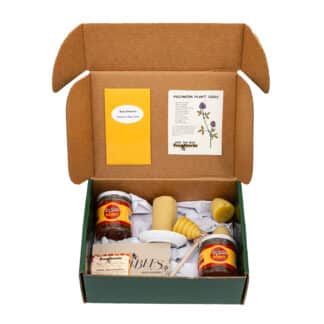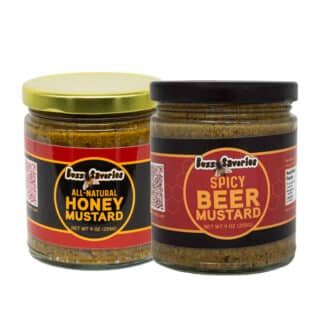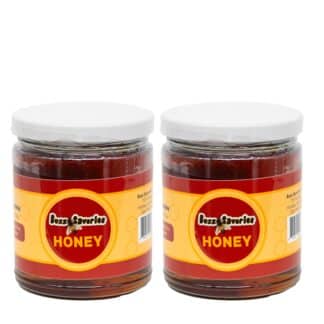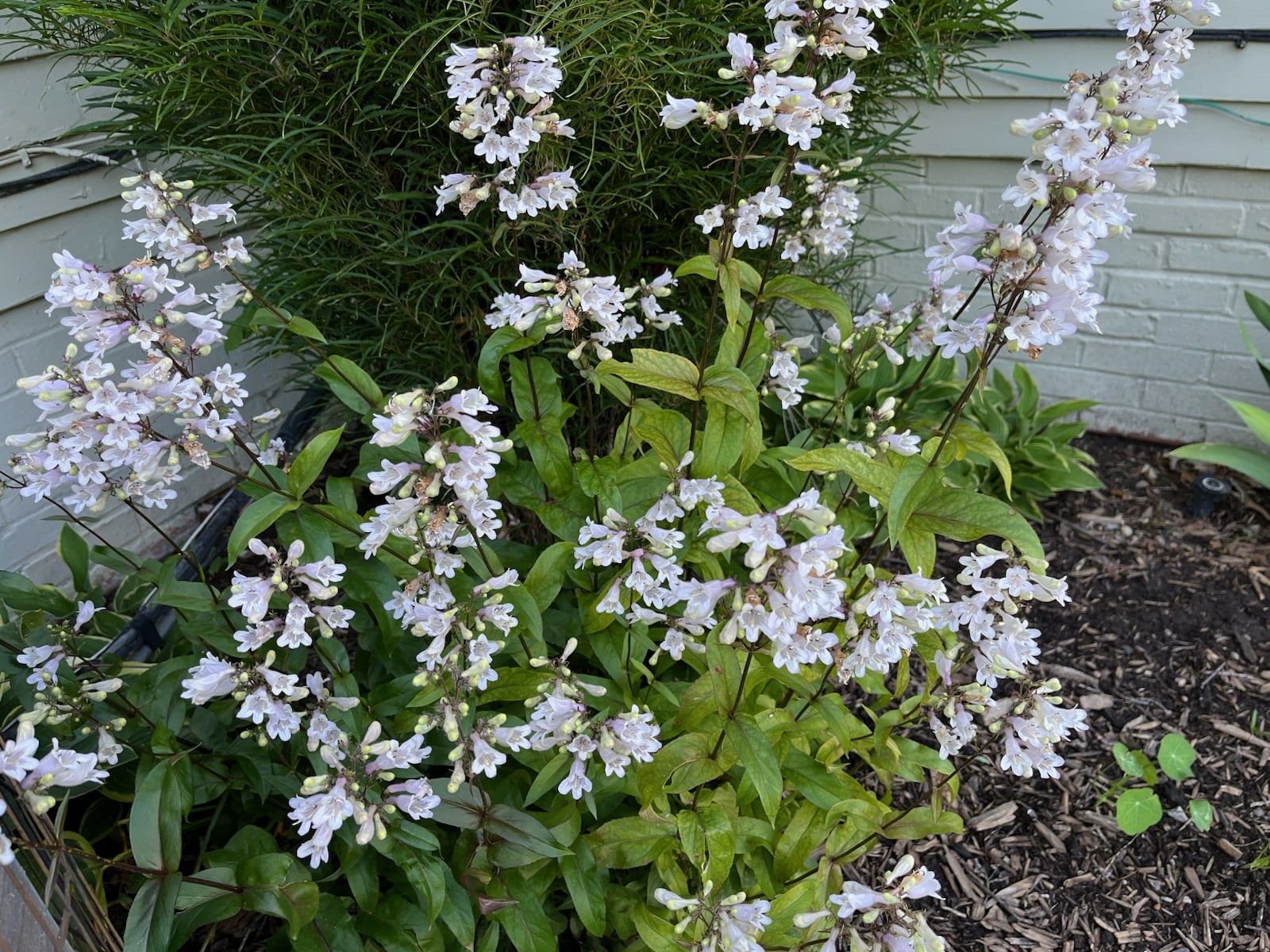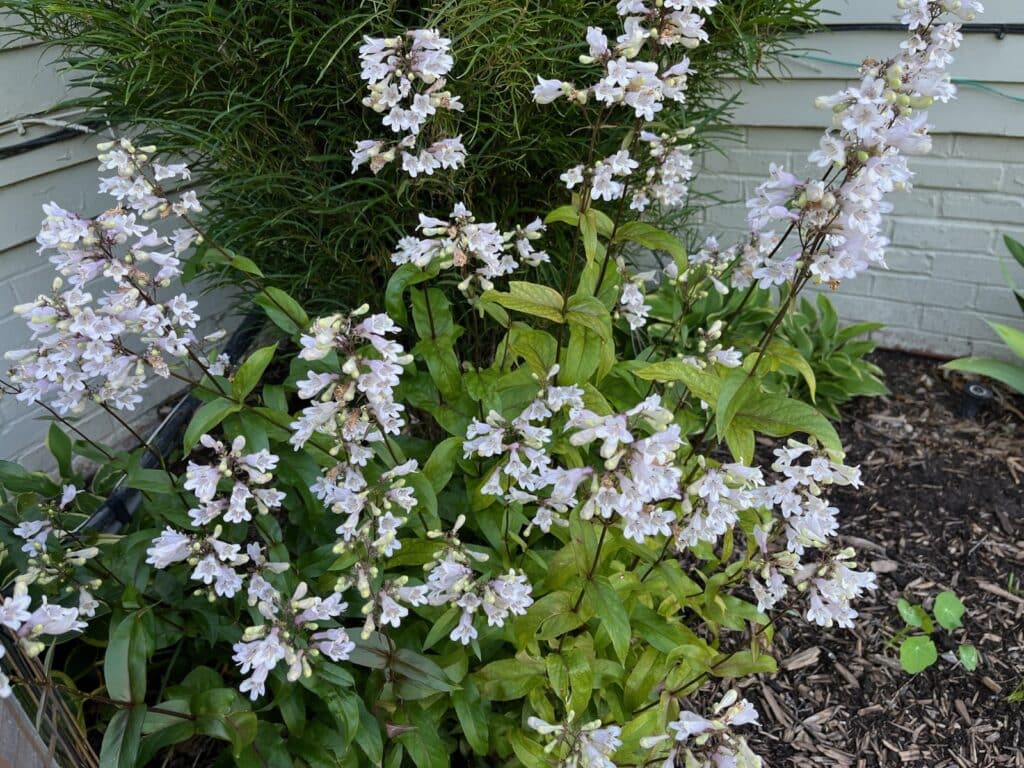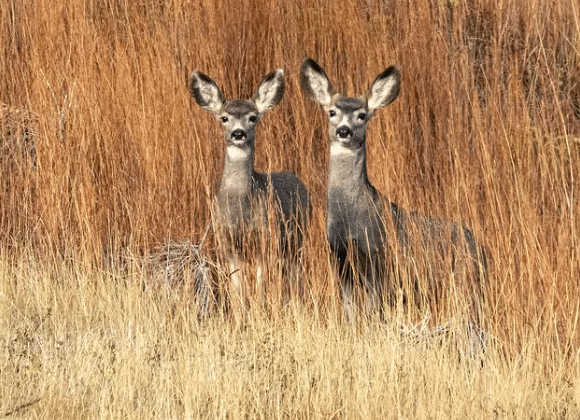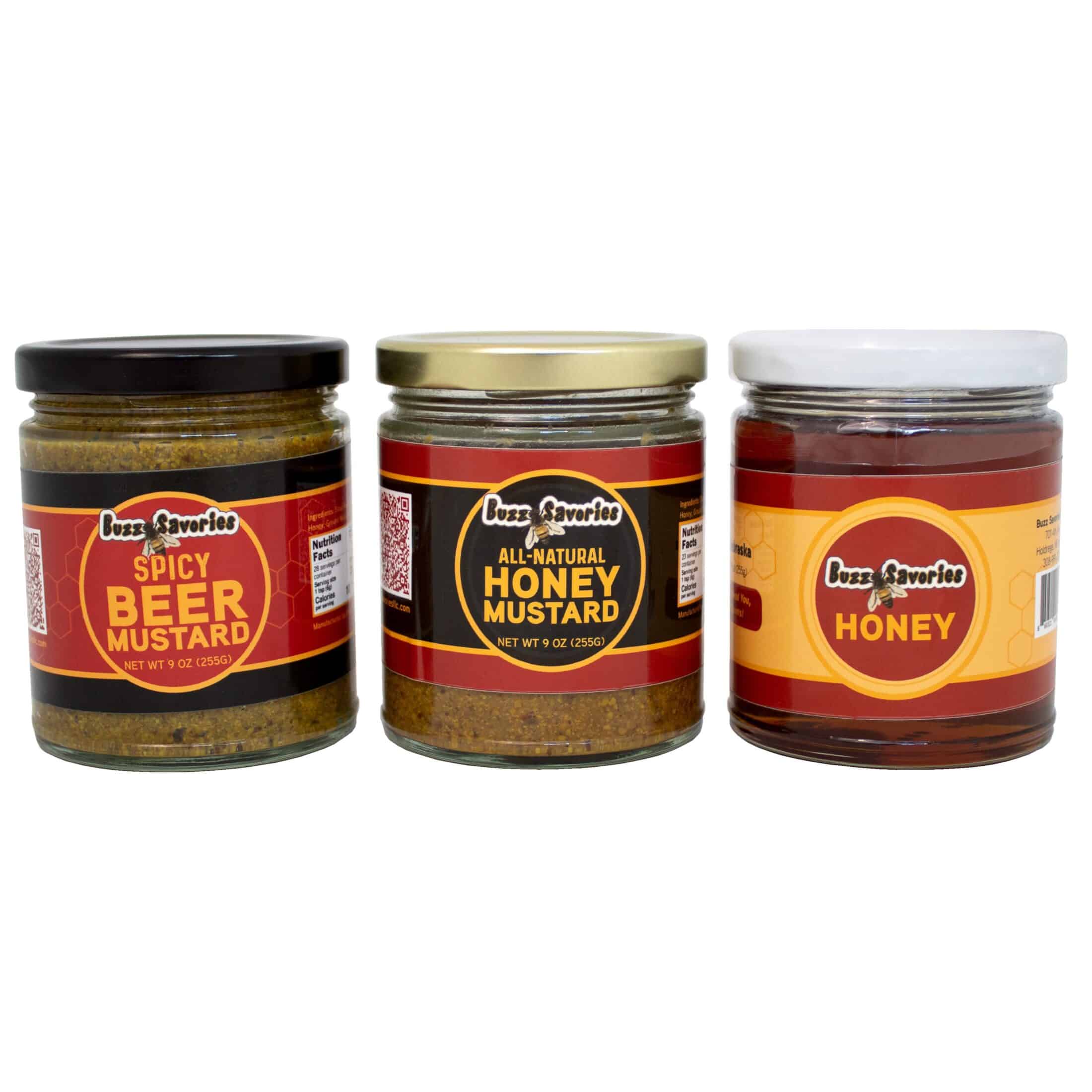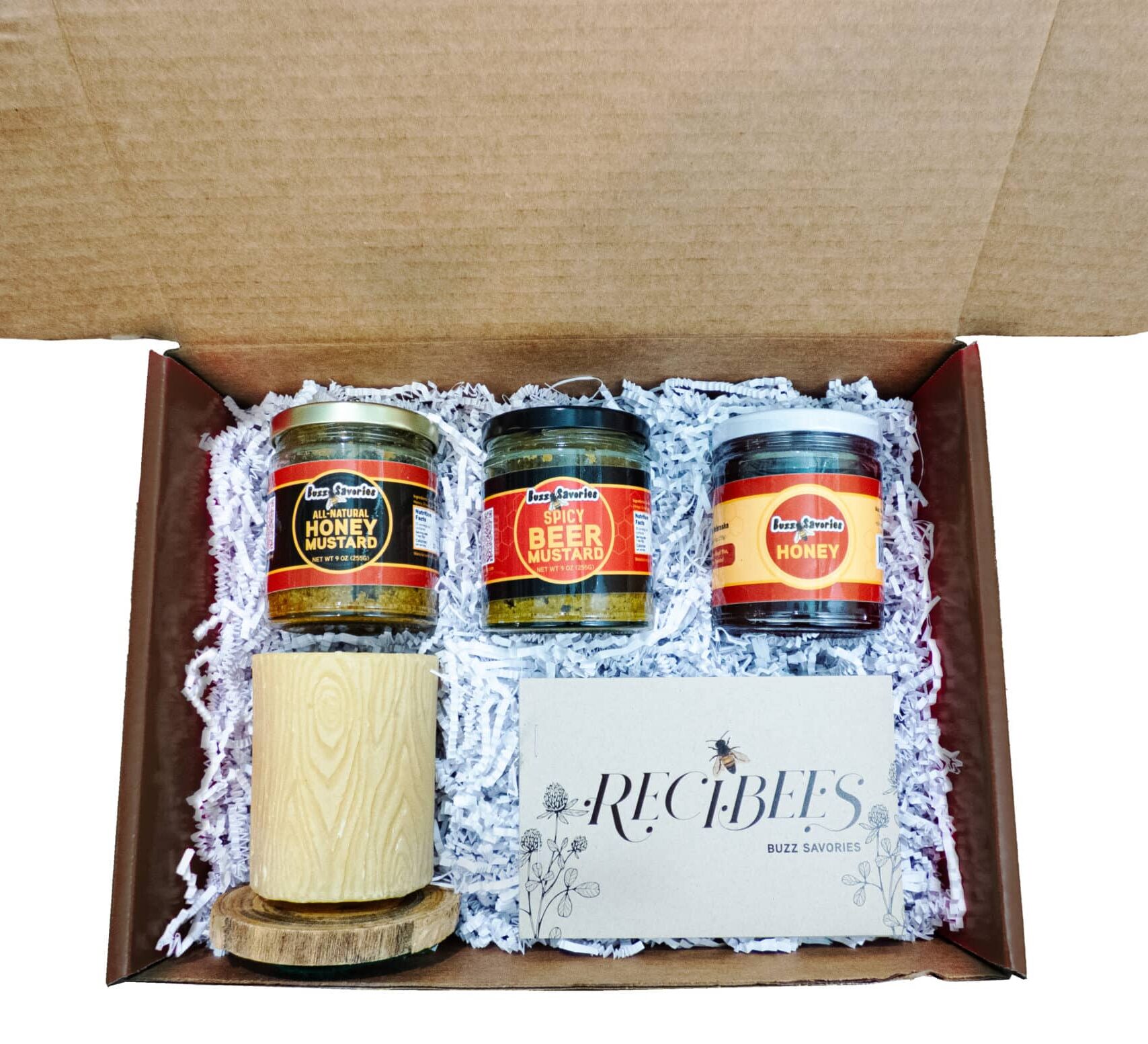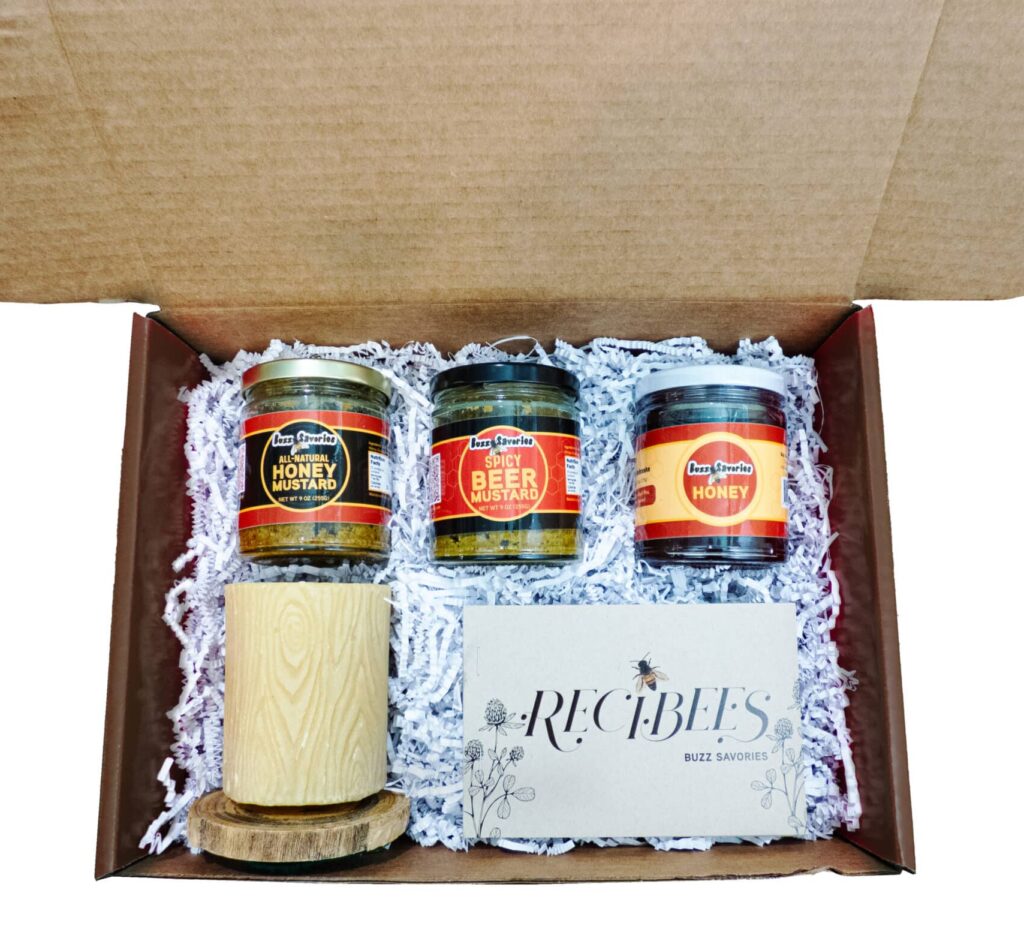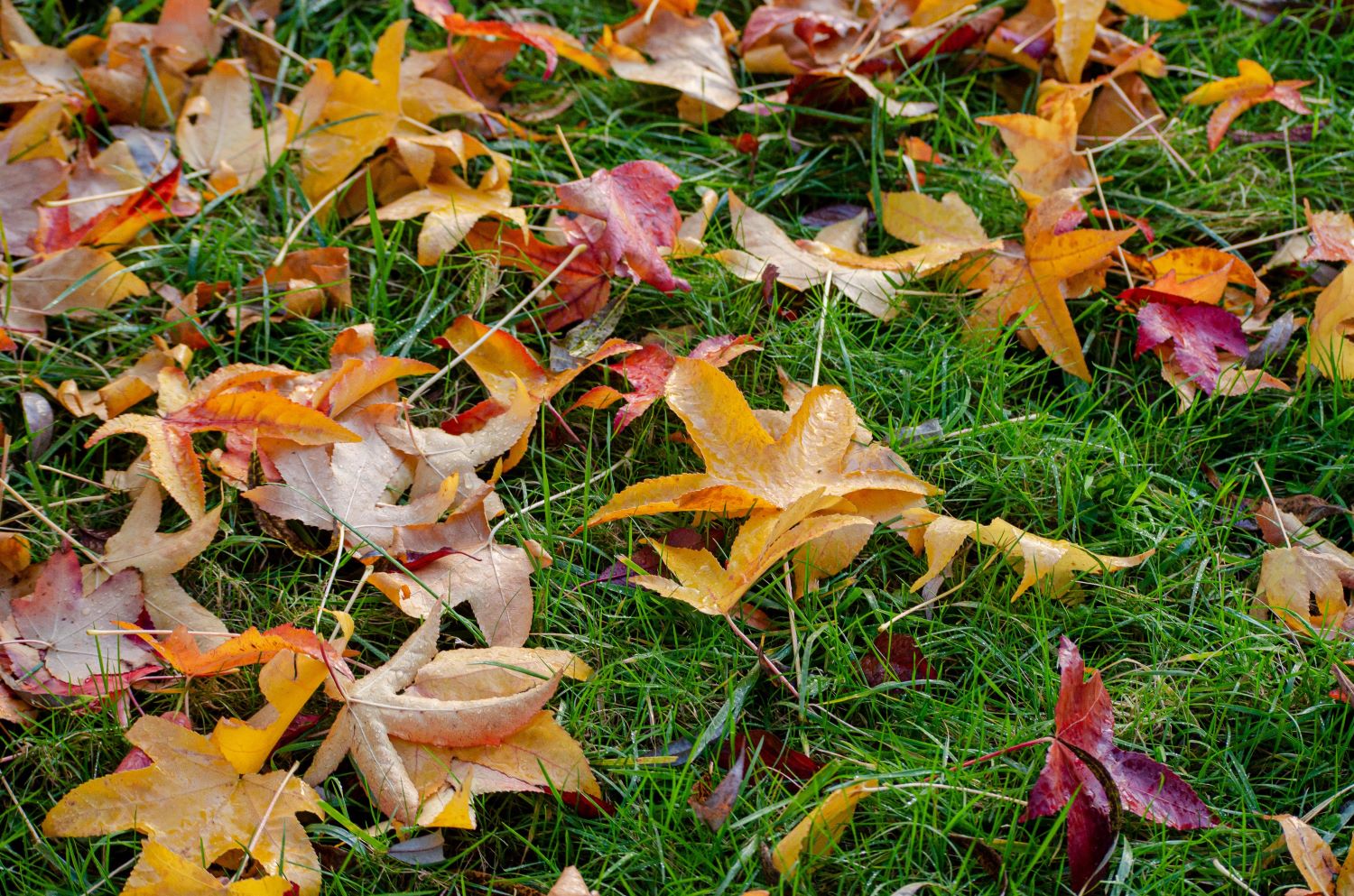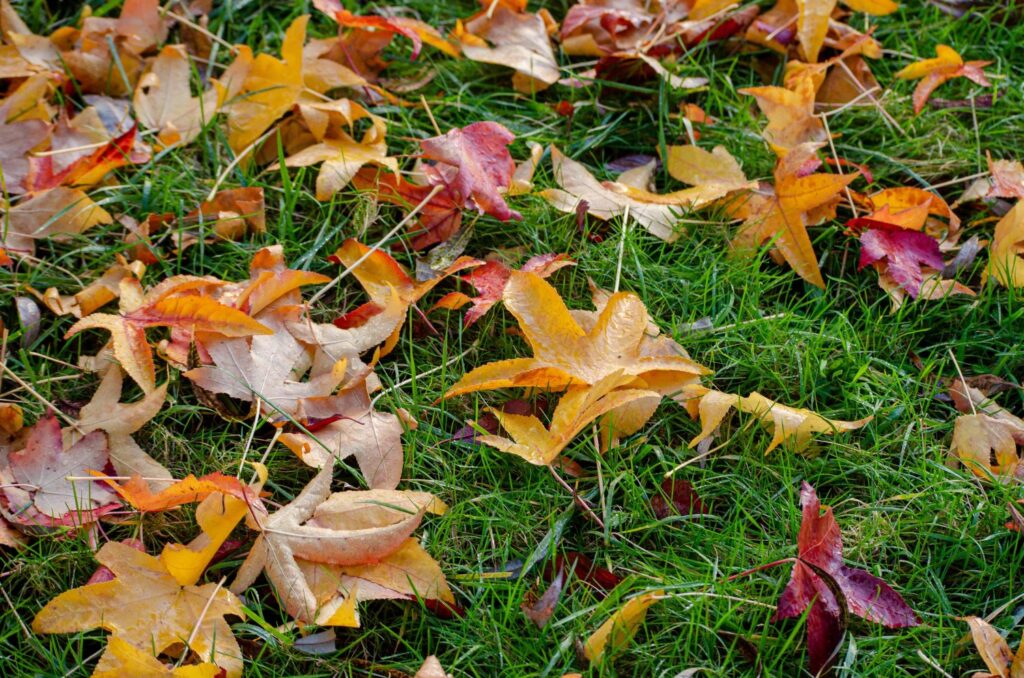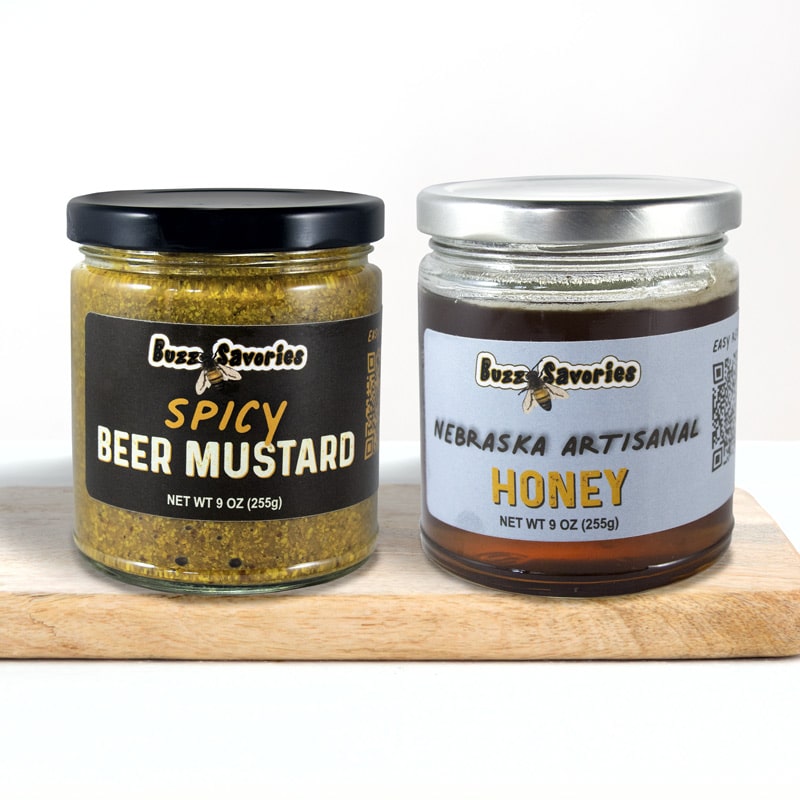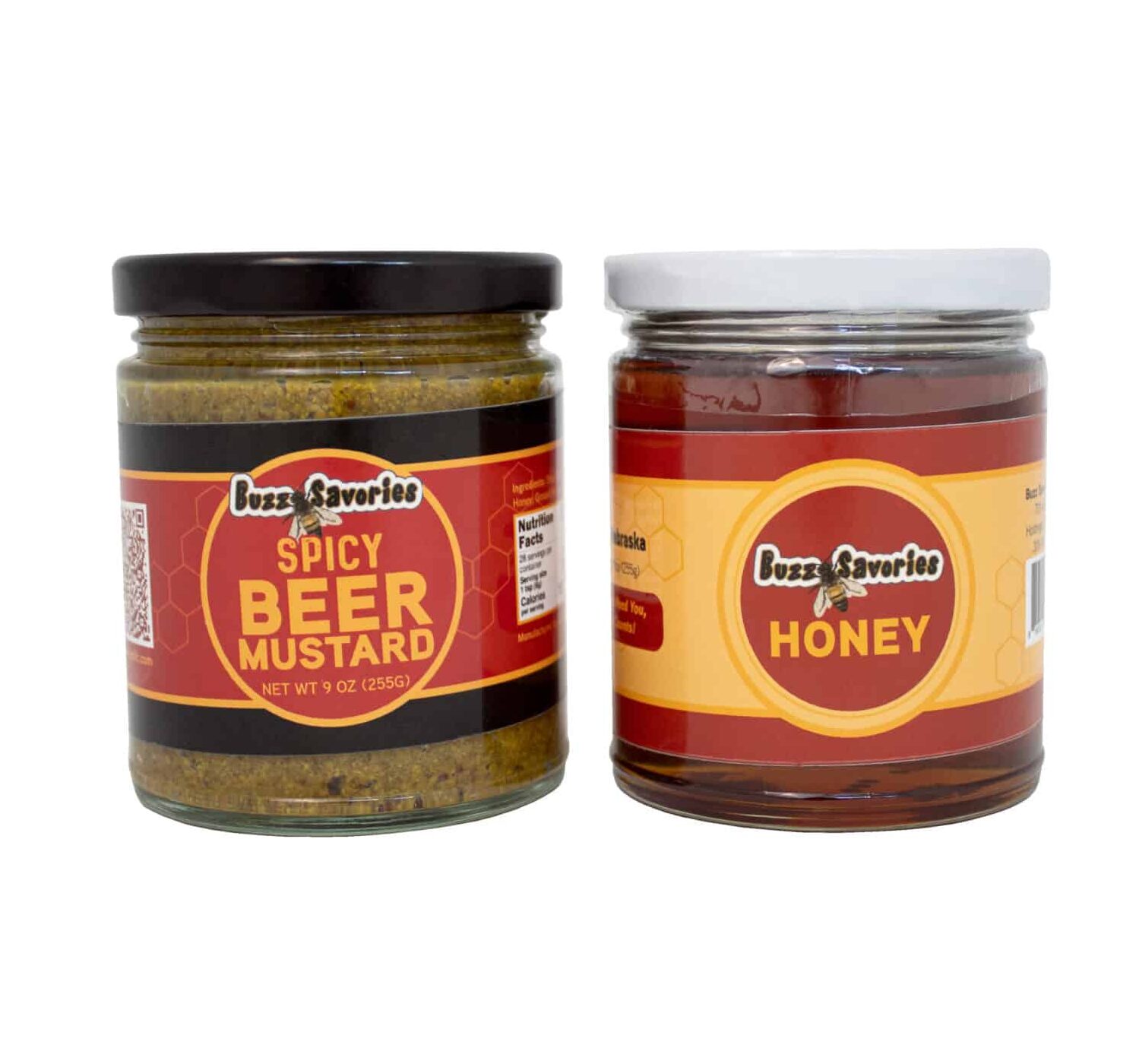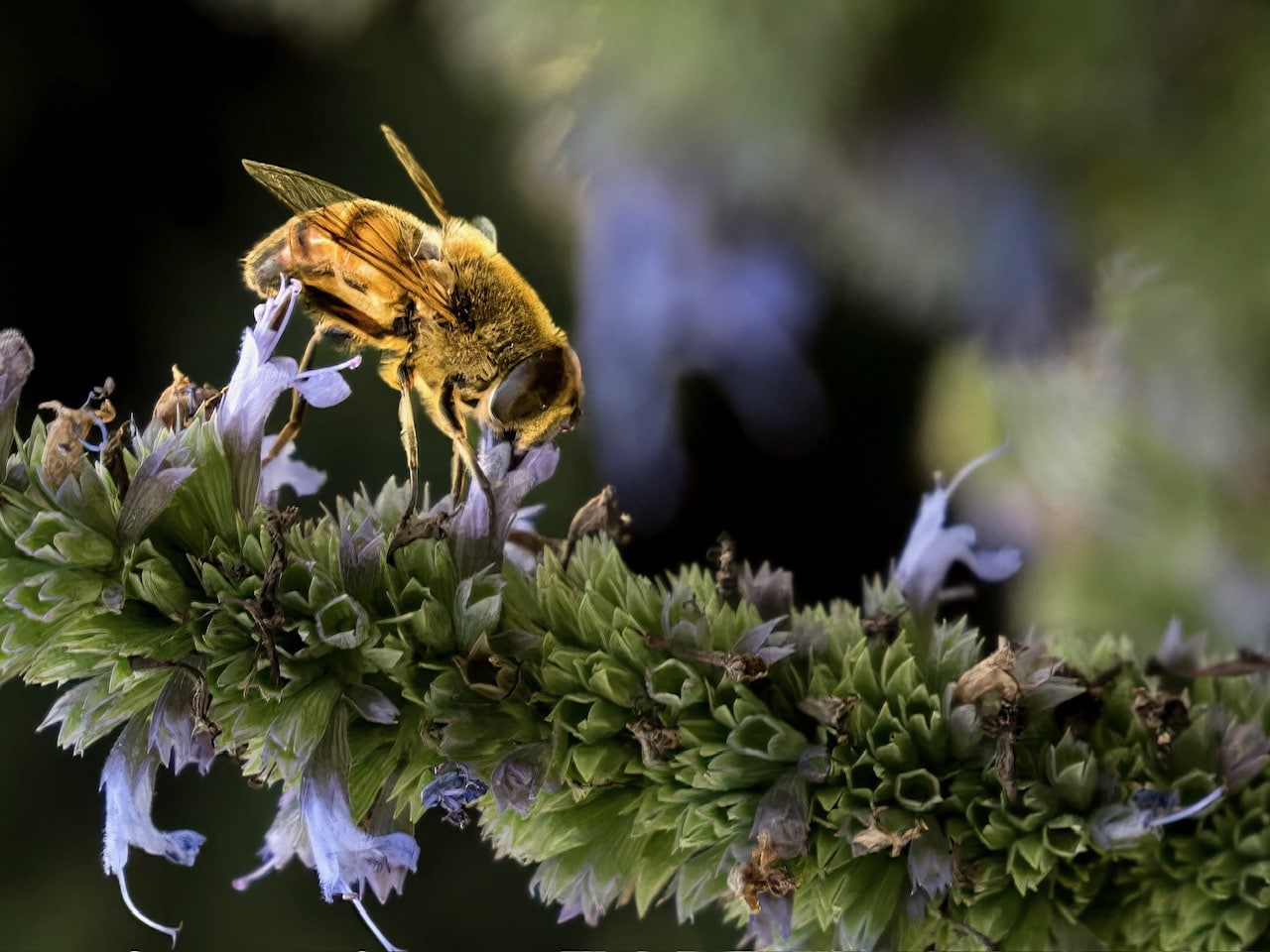When the travel bug beckons, we invite you on a road trip to experience the Nebraska Great Plains with Buzz Savories as your guide. Buzz Savories hand-packed, local, all-natural products while exploring the Great Nebraska Prairie promises a delicious pathway with curious bends in the road.
Each retail business was selected for its quality of service, unique products and welcoming environment. Stop at any one of these merchants, and you may take home some Buzz Savories products, and for sure, a story and the pleasure of a genuine Nebraska experience.
The merchants below carry some or all of Buzz Savories products – Spicy Beer Mustard, Honey Mustard, Buzz Savories Local Honey and 4 unique beeswax candles, hand-made wooden stands for the candles and also 3 gift boxes-(1) Spicy Beer Mustard, Honey Mustard and Honey + candle and coaster (2) Honey + 4 candles, coaster and twizzler (3) a selection of 5 hand-poured beeswax Candles and 2 coasters.
OMAHA
Made in Omaha store
1012 Howard St. in the Old Market
Omaha, NE
(402)-926-6747
We will begin our Great Plains travelogue in Omaha, the city nationally recognized for the Henry Doorly Zoo, the historic Old Market located in the city center, Medical Center, sports, theater and more.
See, touch and taste the creations of 90 Nebraska vendors featured in the Made in Omaha store located in the Old Market. Meet Teri, the Made in Omaha curator and travel guide. Find Buzz Savories Spicy Beer and Honey mustards and also our local honey.
LINCOLN
Leon’s Gourmet Grocer
2200 Winthrop Road
(402) 0488-2307
An easy drive to Lincoln, where the road to Leon’s Gourmet Grocer will lead you through one of Lincon’s historic neighborhoods studded with stately, well-preserved homes and towering oak trees.
Leon’s Gourmet Grocer specializes in quality meats, produce, sauces, dips, spreads, breads and more . Shopping at Leon’s, I first visit the “Buther Block” where Leon’s skilled meat cutters buy the finest quality of beef, pork, lamb, chicken and prepare only the freshest and high-quality selections for Leon’s customers. Leon’s has an excellent reputation for steaks, and their brats cannot be equaled in my opinion. Then I check out their fresh produce section for lettuces and seasonal fruits and vegetables and the best-in-flavor salad dressings. Condiments draw me over to their aisle in Leon’s, and I pause to admire Buzz Savories Spicy Beer Mustard and Honey Mustard on the shelf.
I travel every aisle of this immaculately clean and beautiful grocery store and appreciate the courtesy of the Leon’s employees and their obvious pleasure in serving the customers.
From Nebraska Gift Shop
803 Q St
(402) 476-2455
From Nebraska Gift Shop is located in Lincoln’s Historic Haymarket District. All that is beautiful and fun and delicious can be found in the Haymarket. From Nebraska features Nebraska-made fine wine for travelers to sip while shopping, snacks, condiments, artists, handmade wood products, pottery designed and produced by Nebraska potters, fiber arts, jewelry, gift boxes, books by Nebraska poets and writers, and more and more. Stop in for pleasure and a view of Nebraska from the sight of the artists, the photographers, the poets, the authors and the crafters.
YORK
Wessel Family Farm
5520 S Lincoln Ave.
(402) 710-0682
[email protected]
Fun! Is the descriptive word for visits to the 145-acre Wessel Family Farm located 1 mile south of York, Nebraska. The farm offers hands-on activities to try, farm animals to visit, a windmill, red timber barn, granary, church built in the 1800s and lots to do. The Wessel Farm also offers peaceful places to relax. Shop in the mercantile store for made-in-Nebraska gifts.
HASTINGS
Hastings Museum
1330 N Burlington
Hastings, NE 68901
402-461-2399
Leaving York and traveling Interstate 1-80, turn south on Highway 283 to Hastings, NE. Hastings, a mid-size city in south-central features Hastings College, a highly rated small college in the Midwest and also prosperous manufacturing, communication, medicine and ag-related businesses. Hasting’s City Center delivers mid-western charm – Bronze sculptures by Nebraska artists, fine food, art galleries and more.
The Hastings Museum holds a strong presence in Hastings for its fine architecture and opportunities for visitors to explore artifacts and exhibits connecting the past with the present and into the future. The Hastings Museum theater shows educational films, Hollywood movies and sky shows in the planetarium.
See Buzz Savories Spicy Beer Mustard, Honey Mustard, and Honey and Beeswax bark motif candles with a handmade wood coaster in the museum gift shop.
O’NEILL
Wild Flour Grocery
112 South 4th
O’Neill, NE
402-336-8988
When driving to O’Neill, Nebraska, directly north of Hastings on Highway 281 and NE 70 route, the scenic, spacious and world-renown sandhills will mark your time in Nebraska as a place to see the distance, breathe deeply, and listen to the stillness. Stop at a roadside stand, smell the clean, fresh air and then turn a circle and see only the faint line of the horizon. Feel tension melt away. Drive on to O’Neill, a town that celebrates its Irish Heritage and greets and meets visitors with Irish hospitality and always a story.
Wild Flour grocery is a showcase for local produce, hand-made jams and jellies, local berries, local meat, Amish-made baskets, Nebraska-made body care lotions and soaps, candles, homemade ice cream, Buzz Savories mustards, honey and bark motif candle and wood coaster and more!
KEARNEY
Great Platte River Road Archway
3060 East 1st St
(308) 237-1000
Archway.org
Driving south leaving O’Neill to Grand Island and then to Interstate 1-80 west to Kearney, Nebraska. Nearing Kearney, your car will pass under the Great Platte River Road Archway. Take the first off-ramp before reaching Kearney, and follow the signs to The Archway.
The Archway offers a unique travel experience – an actual walk through history where travelers relive via historical images on film and while traveling the Oregon Trail during 1811-1840. We experience the iconic buildings and tools in use during these years, and the experiences early immigrants encountered when they arrived to homestead the Nebraska prairies. The pioneer life is followed by the 1930’s and the beginning of the American automobile culture and more. Always fun and fuel for conversation in the days that follow.
Stop in the beautifully curated gift shop for Buzz Savories Honey, mustards and beeswax candles.
GROW Nebraska’s Buy Nebraska Store
421 W Talmadge Rd
(308) 338-3520
https://grownebraska.org
[email protected]
Do not pass through Kearney, Nebraska before a stop at the Grow Nebraska/Buy Nebraska store. The Grow Nebraska Foundation sponsors first steps for entrepreneurs in Nebraska including training, sales opportunities, advice on starting a business and marketing and more. Soon after Buzz Savories, LLC was established, I contacted the experts at GROW, joined as a member and gained professional, trustworthy business advice and support.
In the GROW store, see Nebraska through the products hand-made by Nebraska artisans. Find Buzz Savories foods, beeswax candles and gift boxes are on display at the Grow/Buy Nebraska store. The GROW staff know their crafters and artisans, and they know Nebraska.
Kearney Hy-Vee
5212 3rd Ave
(308) 236-0020
Kearney Hy-Vee managers and employees have accomplished the delicate and difficult in their modern and large grocery store. Customer service experts gracefully pause their current task to answer questions and to guide customers on their quest to locate products. They clean and clean again. The fruits and vegetables taste as fresh as they look. The choices satisfy every taste, I believe. Find Buzz Savories Spicy Beer Mustard and Honey Mustard in condiments and Buzz Savories local honey in the jam and jelly aisle.
MINDEN
From Kearney drive south via NE 44 S and US 6 & 34
Pioneer Village
138 US-6
(308) 832-1181
Pioneervillage.com
The grandfather of museums, Pioneer Village comprises 28 buildings on 28 acres housing over 50,000 irreplaceable items of historical value. One of the many unusual aspects of Pioneer Village is the interactive experiences and walk-throughs. Historic buildings are built around the “green” including a Frontier Fort and actual Pony Express Station, an Iron Horse, general store, toy store, each stocked with goods from yesteryear. Visitors will see art collections, historic flying machines, 1902 Fords and Cadillacs and so, so much more.
Pioneer Village gift store entertains visitors with handmade and Nebraska-made products.
HOLDREGE
From Minden drive directly west on Highway 6 & 34 to Holdrege.
Lost Way Brewery
614 3rd Ave.
Lostwaybrewery.com
(308) 991-1795
Lost Way Brewery’s reputation for quality brew is well known in Nebraska and neighboring states. Lost Way’s Olde Creamery Stout plays a major role in our mustard’s rich and complex flavors. Make a stop at Lost Way to meet the hosts, the customers and listen to their Nebraska stories, and share some of your own travel tales. The atmosphere is congenial, the beer and non-alcoholic drinks and pizzas taste delicious.
Purchase Buzz Savories Spicy Beer Mustard and Honey Mustard at Lost Way Brewery.
Gifts ‘n Things
505 West Ave
(308) 995-4300
giftsandthingsholdregene.com
Dave and Dyette, entrepreneurial owners of Gifts n Things will greet you with a smile and in their gift store you will feel like a neighbor and no longer a stranger. They specialize in home décor, kitchen items, bar items, laser engraving and quality soaps and lotions and more. Dyette curates a marvelous shopping experience. Buy Buzz Savories Spicy Beer Mustard, Honey Mustard and Buzz Savories local honey at Gifts n Things.
Fritz’s Meat Market
1304 4th Ave.
(308) 995-5015
Fritz’s Meats may be described as the cathedral for meat lovers in Nebraska. People drive miles to stock up on rib-eye, New York, T-bone and 6 or 7 other steaks from Nebraska beef aged and cut with precision by Fritz’s trained employees. Pork, chicken, lamb, The PieMaker frozen fruit pies, Fritz’s smoked bacon, ham, summer sausage, jerky and Buzz Savories Spicy Beer and Honey Mustards draw grill chefs and hungry shoppers.
Nebraska Prairie Museum
2701 Burlington St.
(308) 995-5015
Nebraskaprairiemuseum.com
Prairie pioneers, their stories, their work, their fun, their styles in clothing and household appointments, quilts and so much more are displayed and explained inside the Nebraska Prairie Museum. Travelers may see and walk through outbuildings including a farm home of the early years, a church, one-room schoolhouse. Inside the large museum building experience the town square including doctor and dentist offices, bank, mercantile store and more. The collections reflect the interests and the work of families living in the early 1900s such as; quilts, China plates, Swedish memorabilia, dolls, dresses, and more. The museum is curated with care and respect for the ancestors who built the town and farmed the land.
Step into the Prairie Pioneer Gift Store to see items that transcend the timeline between 1900 and 2024, Buzz Savories honey and mustards being among them.
BERTRAND
Cross Country Market
522 Minor Ave
402-741-0833
[email protected]
From Holdrege follow Highway 23 West to experience a Village of under 1,000 residents whose ancestors settled on productive farms surrounding Bertrand and then in 1885 established the Village of Bertrand. Today, more than a century later Bertrand continues to flourish with tree-lined streets, comfortable homes, a comprehensive preK-12 school providing a recognized high-quality school district. Eat a lunch or dinner at The Blue Moose restaurant, play a round of golf at the Bertrand Golf Course, enjoy walking the tree-lined neighborhoods, and If a Saturday stop see the Jeremy Hansen Art Gallery and the charming garden between buildings on main street.
Find the Cross Country Market and gift store on the main street and walk-in to visit and experience a historic grocery store serving a farming community.
LEXINGTON
Mac’s Creek Winery and Brewery
43315 County Rd 757
(308) 324-0440
Macscreek.com
Mac’s Creek, a Lexington, Nebraska winery has focused since their inception in 2022 on creating new varieties of grapes that thrive in their Central Nebraska vineyards. Visit their tasting room nestled among the vineyards for a luxurious wine-tasting time, and close-up view of grape horticulture.
In autumn, experience the grape leaves glowing in bronze, gold, red and rust. Taste the wines, brews and hard-cider in the well-appointed tasting room and stay for a fine evening meal prepared by chefs in the Macs Creek kitchen. The Macs Creek visit feels, looks and tastes delightful, and the staff happily share their experiences and knowledge of the winery and also life and living in Central Nebraska.
Mac’s Creek chefs incorporate Buzz Savories Spicy Beer Mustard into some of their most popular dining options, and Buzz Savories mustards are available for purchase.
Travel with ease and eat well in Nebraska!

